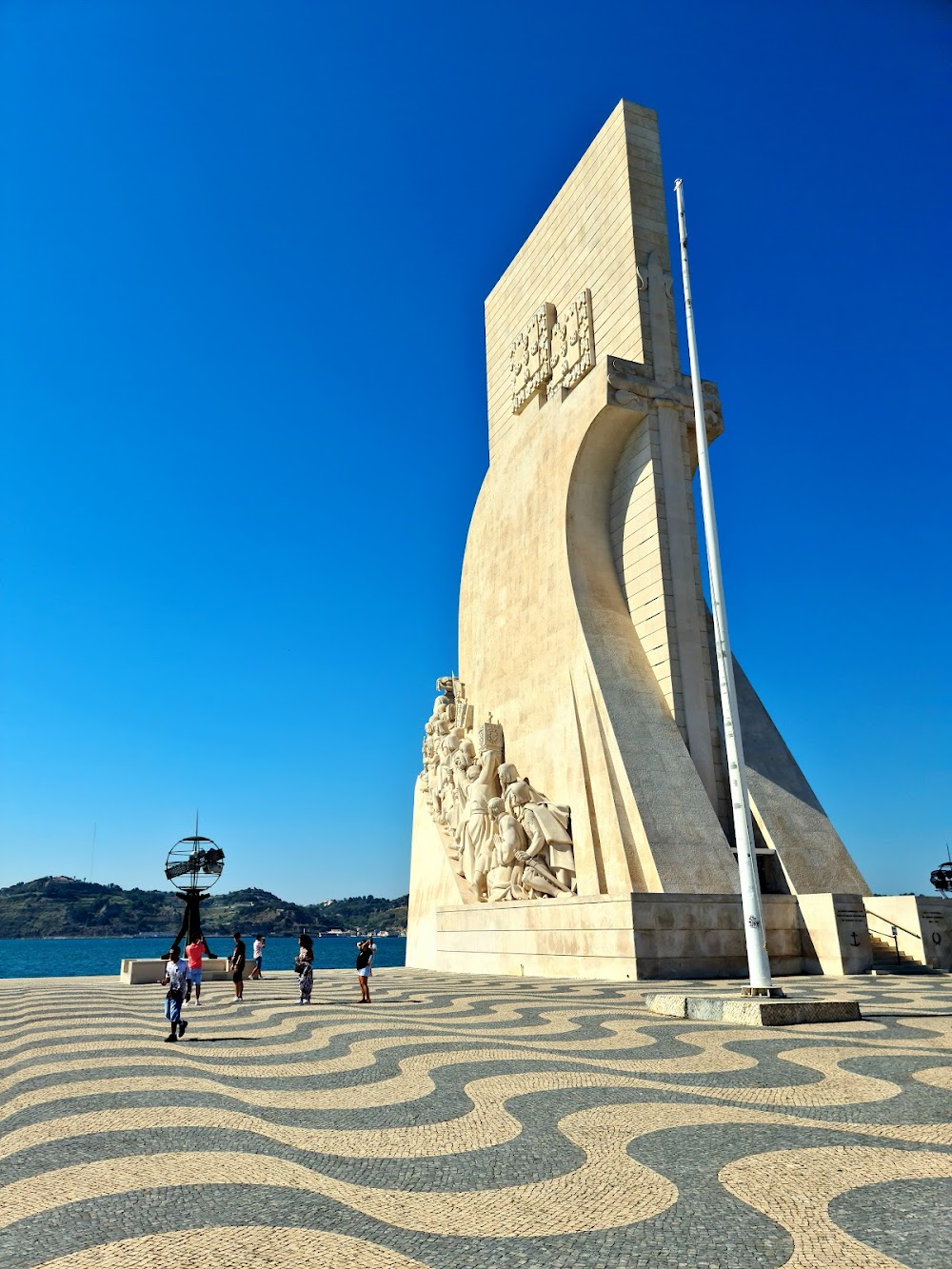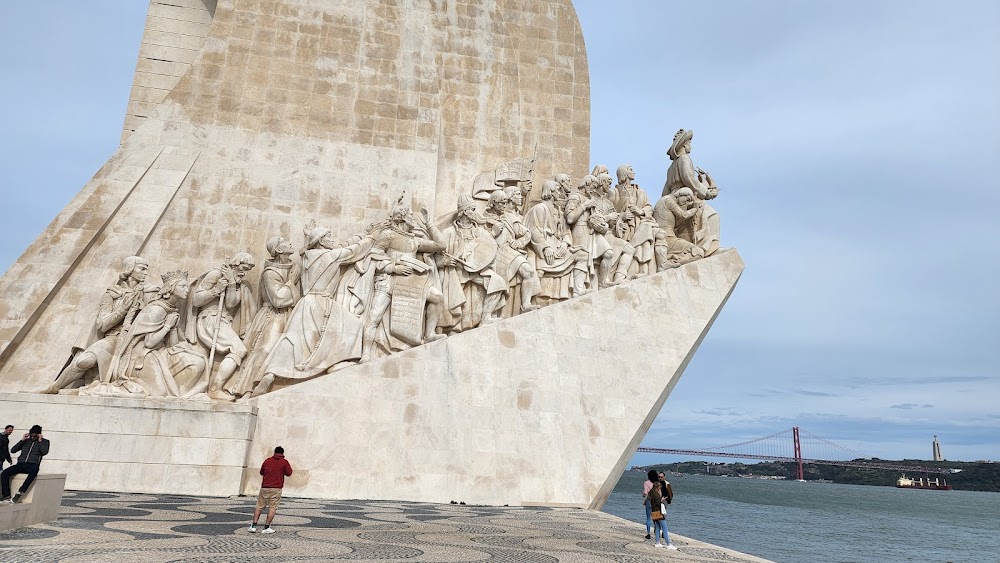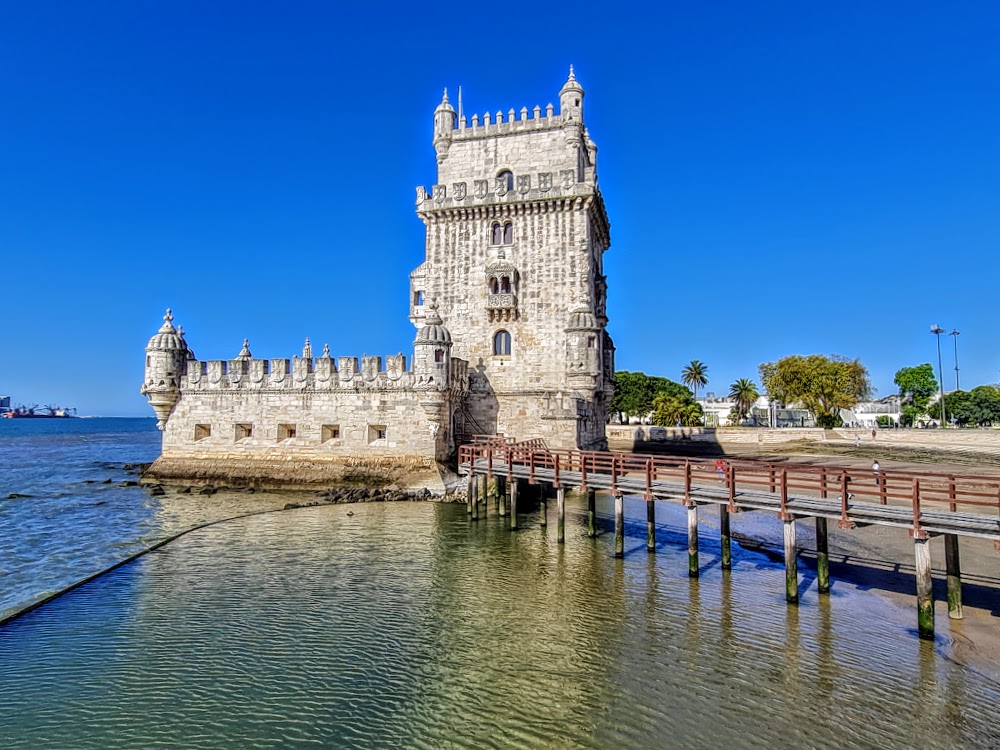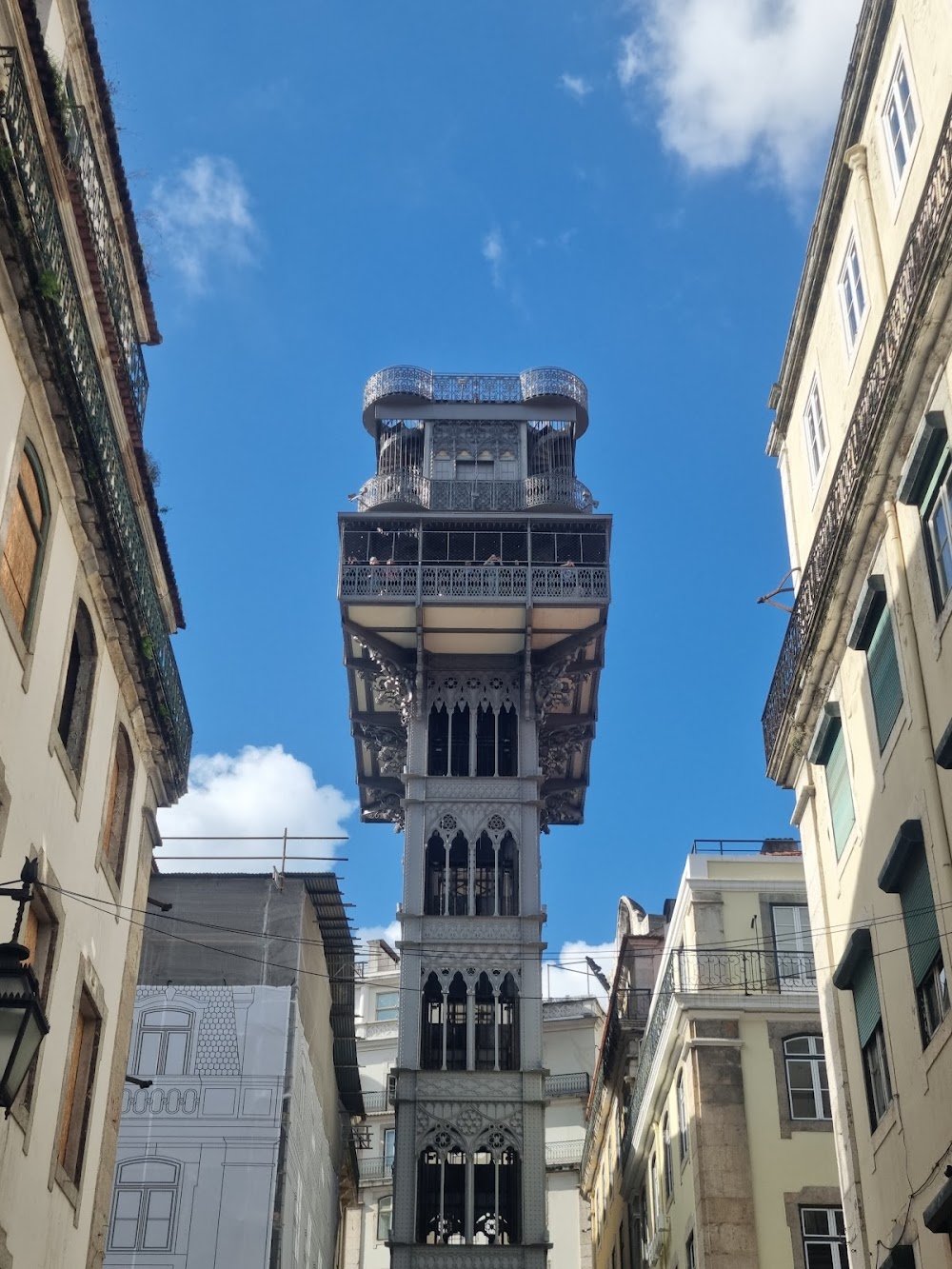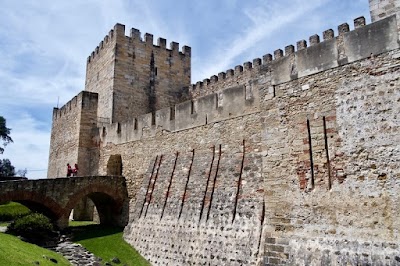Monument to the Discoveries (Padrão dos Descobrimentos)
Overview
Introduction to the Monument
The Monument to the Discoveries, located in the vibrant city of Lisbon, Portugal, is a tribute to the Age of Discovery—a pivotal era in Portuguese history when daring explorers set out to chart uncharted territories. This striking structure stands majestically along the northern bank of the Tagus River, inviting visitors to delve into the past and celebrate the adventurous spirit of exploration.
History and Construction
Originally envisioned in 1939 by Portuguese architect Cotinelli Telmo and sculptor Leopoldo de Almeida, the monument was created for the Portuguese World Exhibition of 1940, commemorating both the 300th anniversary of Portugal's independence from Spain and the 800th anniversary of its founding. The initial version was temporary and crafted from perishable materials.
Due to its immense popularity and historical significance, plans were set in motion to construct a permanent monument. This endeavor began in 1958 and culminated in 1960, aligning with the 500th anniversary of the death of Prince Henry the Navigator, a key figure in the Age of Discovery.
Design and Architecture
Standing at an impressive 52 meters (171 feet) tall, the monument is constructed from concrete adorned with limestone from Leiria. Its design is reminiscent of the prow of a caravel, the type of ship that explorers used during their daring voyages. The structure appears poised to embark on an exciting journey, embodying the essence of exploration.
At the pinnacle of the monument is a statue of Prince Henry the Navigator, holding a caravel and leading the charge into the unknown. His figure symbolizes the pivotal role he played in financing and inspiring numerous expeditions.
Notable Figures and Symbolism
Accompanying Prince Henry are 32 intricately carved statues that depict various influential figures from the Age of Discovery, including explorers, cartographers, artists, scientists, and missionaries. Among these notable personalities are Vasco da Gama, who discovered the sea route to India; Ferdinand Magellan, renowned for circumnavigating the globe; and King Manuel I, a key supporter of exploratory voyages.
Behind these statues, a large sword is prominently featured in relief, accentuating the monument’s association with exploration and conquest. The meticulous detailing and thoughtful arrangement of each figure beautifully encapsulate this remarkable period in Portuguese history.
The Wind Rose and Educational Aspects
At the base of the monument lies a stunning wind rose, a 50-meter mosaic map of the world crafted from an array of colored stones. This exquisite piece, a gift from South Africa in 1960, showcases the routes taken by Portuguese explorers during their extraordinary journeys. It serves as both an artistic marvel and an educational tool, enriching visitors’ understanding of Portugal’s vast explorative reach.
Inside the monument, an exhibition space awaits, featuring a variety of artifacts, maps, and historical items that further illuminate the theme of discovery. An elevator transports visitors to the top, where breathtaking panoramic views of Lisbon, the Tagus River, and the surrounding landscape await. This vantage point highlights Lisbon's strategic significance during the Age of Discovery.
A Landmark of Exploration
Today, the Monument to the Discoveries stands as one of Lisbon's most iconic landmarks, drawing tourists from across the globe. It serves as a powerful reminder of the courage, ambition, and innovation that defined the Age of Discovery—a transformative time when Portugal played a crucial role in shaping the modern world through its maritime explorations.


